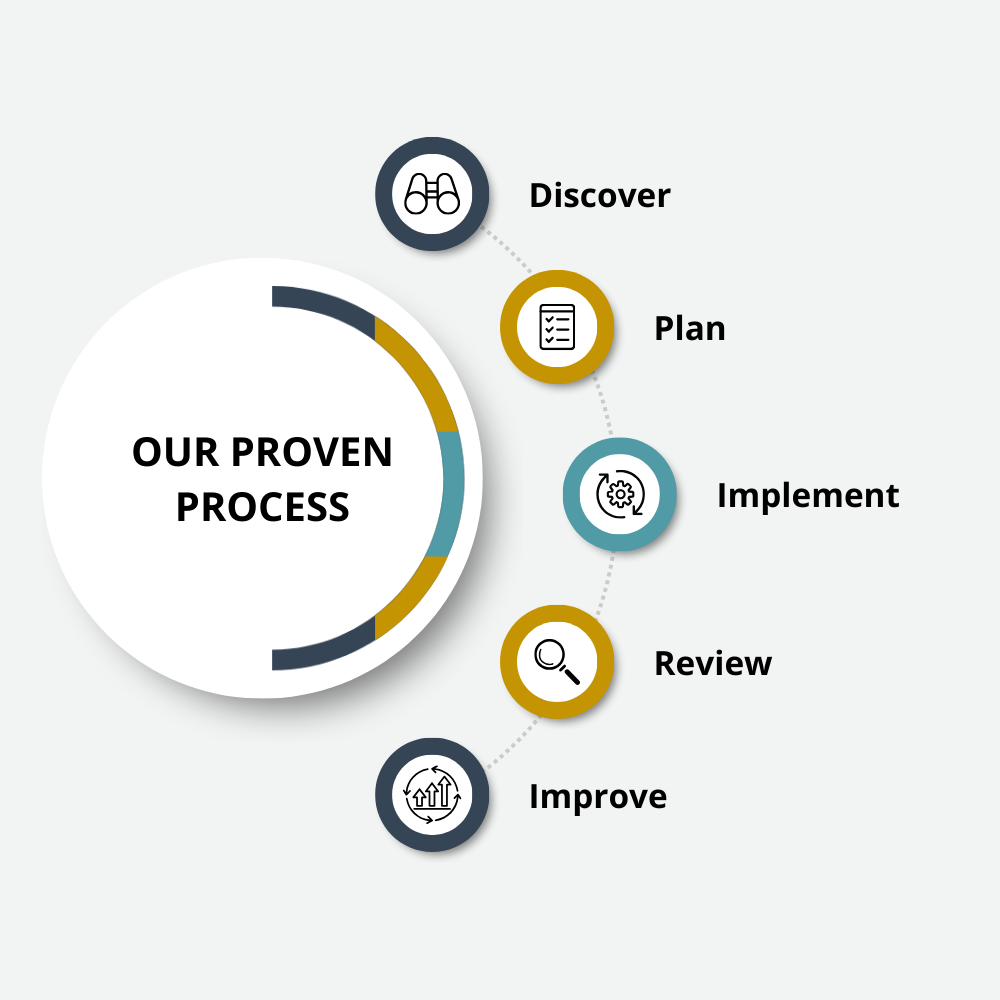Statistics may vary by study, but the ultimate fact remains that a large percentage of small businesses do not offer a retirement plan. Studies have also shown that nearly half (or more!) of American workers do not have access to an employer-sponsored retirement plan. However, new regulations now provide small businesses with increased tax incentives for starting a retirement plan.
The SECURE (Setting Every Community Up for Retirement Enhancement) Act 2.0, signed into law on December 29, 2022, increased the tax credits available to small businesses for sponsoring a new retirement plan. Remember: tax credits directly reduce the amount of taxes otherwise payable. In other words, SECURE 2.0 offers small business owners significant tax savings in return for offering a retirement plan to employees.
Certain small employers who establish a new plan are eligible for a tax credit for the first three years in which the plan is maintained.
- Small businesses with 1–50 employees can receive a tax credit of 100% of eligible start-up costs up to a maximum of $5,000.
- Small businesses with 51–100 employees can receive a tax credit of 50% of eligible start-up costs up to a maximum of $5,000.
Eligible start-up costs include ordinary and necessary costs to set up and administer the new plan and also costs associated with educating employees about the new plan.
There are additional tax credits built into Secure Act 2.0 for employer contributions to a new defined contribution plan. Small businesses with 1–50 employees can receive a tax credit of 100% of eligible employer contributions in the year of adoption and the first year after adoption, and:
- a 75% tax credit the second year after adoption;
- a 50% tax credit the third year after adoption;
- a 25% tax credit the fourth year after adoption.
Small businesses with 51–100 employees can also receive a tax credit on eligible employer contributions. These tax credits can be used up to the fourth year after adoption of the plan, but there is an additional formula based on the total number of employees.
Beginning no later than the 2025 plan year, any plans that were initiated after the passage of Secure 2.0 will be required to add automatic enrollment of eligible employees and automatic escalation features. While that may add some complexity to the administration of an employer-sponsored retirement plan, the addition of an automatic enrollment feature can also generate an additional tax credit for eligible small employers for the first three tax years in which the feature is in place. Small businesses with fewer than 100 employees can receive an additional $500 tax credit for the usage of an automatic enrollment arrangement.
Additional regulations and requirements for start-up retirement plans accompanied the passage of SECURE Act 2.0. JFS Wealth Advisors has the experience and expertise to help you navigate the new rules so that you can begin taking advantage of available tax savings and other benefits. To learn more, please visit our website.




















